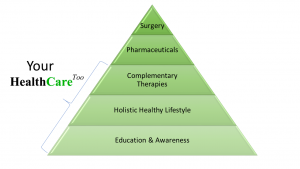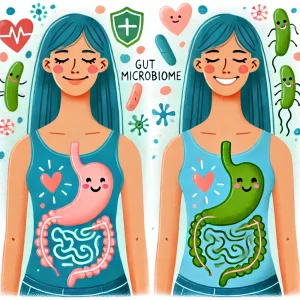Seasonal Affective Disorder (SAD)

The fall season has crept up entirely too fast. One minute it was 80 degrees and bright, the next it was cold and dark before 8 p.m. The new season comes with the usual head colds, classes and late nights. As summer gives way to fall, it’s important to remember that 4 to 6 percent of people suffer from Seasonal Affective Disorder and may need resources to try to push through the oncoming seasons.
Humans revolve around a day-night cycle—also known as circadian rhythms—and when that gets interrupted by the shorter days and we see less natural light, it can affect sleep, mood and cognitive performance, according to a May 23, 2014, Everyday Health article. A specialized SAD lamp or light therapy box gives off artifical light that mimics natural sunlight, which helps the affected combat negative thoughts, sleep better and balance a healthy diet. The benefits of light therapy, also known as phototherapy or helioptherapy, have been proven to replace medicine for those with SAD, according to the same article. By sitting near a light therapy box for just a few hours, your mood can improve greatly.
Source: It’s time to talk about Seasonal Affective Disorder
Our Model

The HealthCare Too model provides for a holistic approach to health. We look for articles and knowledge to help consumers and their care teams make holistic health decisions and also shop for the best deals in holistic health so you can find them here! We appreciate the value of surgery and pharmaceuticals but want to make more pathways available for your HealthCare Too. See our model for Holistic Health for more information!
Shop HealthCare Too for items to help you with Seasonal Affective Disorder.
[adinserter block=”1″]




